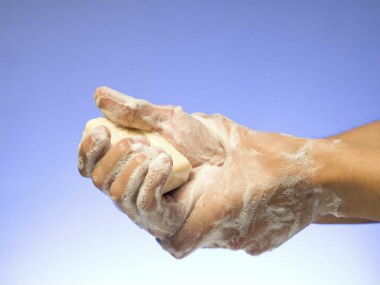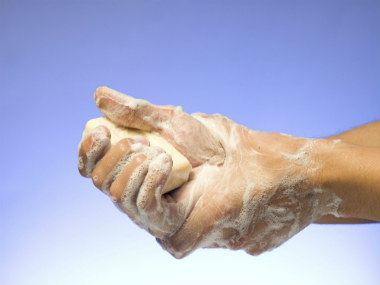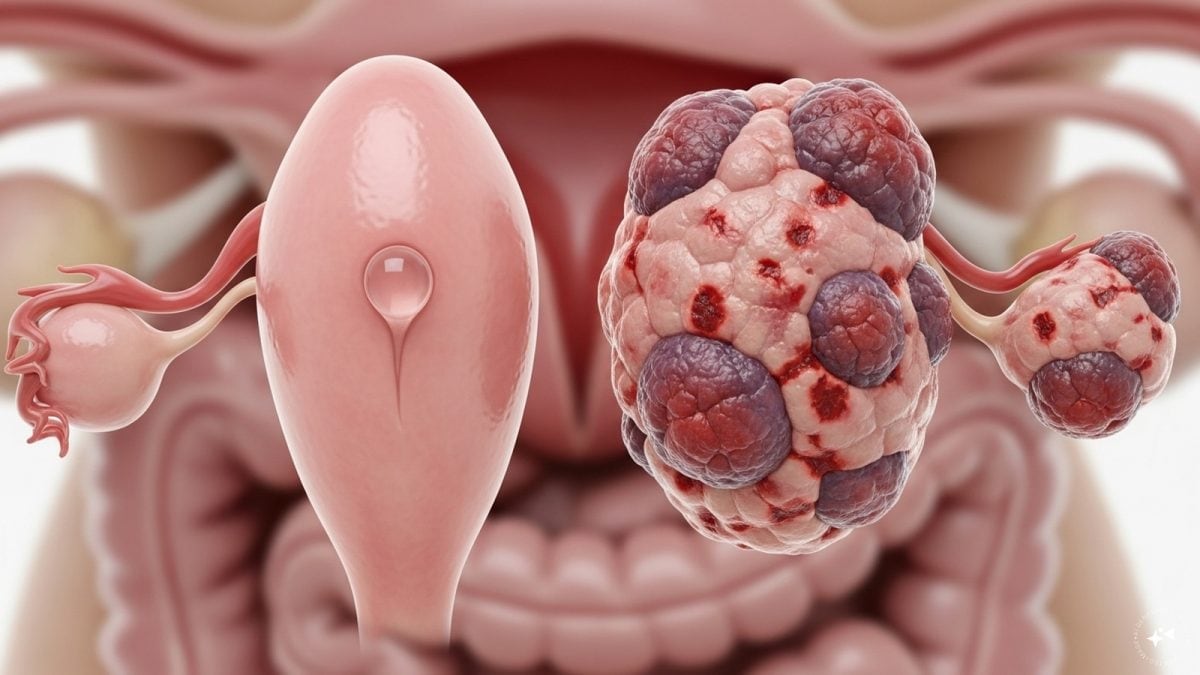What do you do the moment you feel your hands are dirty? You whip out a tiny, manageable bottle of hand sanitizer and use a drop or two to kill germs of all sorts. Even better, you find a public or private bathroom stocked with soap and clean water and wash the germs away. These handwashing amenities are so easy to obtain now, and handwashing itself is such a popular practice, that many do not realise that there was a time when handwashing was controversial and not even recommended as a general practice for medical professionals. [caption id=“attachment_7732691” align=“alignleft” width=“380”]  Representational image. Image source: Getty Images.[/caption] It was only in the 1980s that the US Centres for Disease Control and Prevention (CDC) included hand hygiene as a key component of health care. According to the World Health Organization’s (WHO’s) Guidelines on Hand Hygiene in Health Care, the use of antimicrobial soaps or waterless antiseptic agents was first recommended in a report by the CDC and the Healthcare Infection Control Practices Advisory Committee (HICPAC) in 1995 and 1996. So did the global medical and healthcare communities not know about the immense, life-saving benefits of handwashing before these researches were conducted in the US? During National Handwashing Awareness Week, from 1-7 December, we look at everything you need to know about who introduced handwashing, and why it did not become common practice until the 1980s.
Handwashing in the times of Dr Ignaz Semmelweis
Germ theory, or the idea that the transference of microorganisms is a major cause of diseases and contagions, was not discovered before Louis Pasteur in the 1860s. Before that many doctors believed that miasma or bad air caused diseases; while other, more progressive, doctors were starting to study human anatomy by cutting up cadavers. The story of handwashing begins in such a time. Ignaz Semmelweis, a Hungarian doctor, was appointed as the head of two obstetrics clinics at the University of Vienna’s Allgemeine Krankenhaus or General Hospital in 1847. He quickly discovered that mortality rates due to puerperal or childbed fever were quite high in one of the clinics. This clinic was run by doctors and medical students, while the other was managed by traditional midwives. The mortality rates in the former were 16% and a lower 7% in the latter. Semmelweis was quite the scientist and started studying the differences between the practices of the two clinics. In a tribute to Semmelweis, US’ National Public Radio or NPR revealed that for a while, his research did not lead anywhere. It was only after a pathologist at the hospital died of the same symptoms as the wards at the maternity clinic that Semmelweis discovered where the problem lay: the pathologist was conducting autopsies when he accidentally pricked his finger, got an infection and a fever. The doctors at the clinic conducted regular autopsies to study human anatomy, but the female midwives at the other clinic did not. The doctors and students were carrying cadaverous particles or tiny specks of the corpses from the morgue to the maternity clinic. They were transferring the yet-undiscovered germs from dead bodies to the bodies of new mothers and babies. New mothers and newborns are more susceptible to infections even today, so you can imagine just how fast infections could spread long before antibiotics were invented.
Why washing hands became controversial
Semmelweis immediately asked all medical professionals at the hospital to wash their hands with a chlorine solution before entering the maternity clinic. The rate of childbed fever and mortality dropped drastically at the clinic. Semmelweis’ hypothesis had worked, and its rewards should have been immense. Such a breakthrough should have spread across Europe, and then the world. Medical professionals and scientists should have picked up handwashing as acceptable, even compulsory, healthcare norm right then. But these “should haves” didn’t come true for more than a century after Semmelweis made his hypothesis public. The reasons behind this lay with Semmelweis’ attitude as much as the times he lived in. With no germ theory to rely on, the idea that infections could be passed on from the morgue to a maternity ward seemed illogical. Semmelweis also made it sound like doctors were indirectly responsible for the high maternal and infant mortality rates - which made many doctors quite angry with him. Semmelweis had also made the mistake of not taking his hypothesis to his peers in the medical community, and instead simply enforced the practice of chlorine wash in the hospital at Vienna. The European community of doctors was outraged, and the practice of handwashing was dismissed. Semmelweis was discredited; he lost his job. Eventually, he was committed to a mental asylum in 1865 - historians conjecture that he may have had syphilis or Alzheimer’s. Ironically, he died of sepsis - an infection that could have been prevented if his recommendation for chlorine handwash had been widely implemented. Semmelweis’ achievement wasn’t celebrated in his lifetime, but in retrospect, he is called the Father of Hand Hygiene, and hailed as the “saviour of mothers”. Semmelweis’ breakthrough saved the lives of new mothers at the hospital in Vienna but had his hypothesis won over the medical community in the 19th century, it would have saved many more lives indeed. Health articles in Firstpost are written by myUpchar.com, India’s first and biggest resource for verified medical information. At myUpchar, researchers and journalists work with doctors to bring you information on all things health. For more information, please read our article on Infection: Causes, Symptoms, Treatment and Prevention_._


)

)
)
)
)
)
)
)
)



